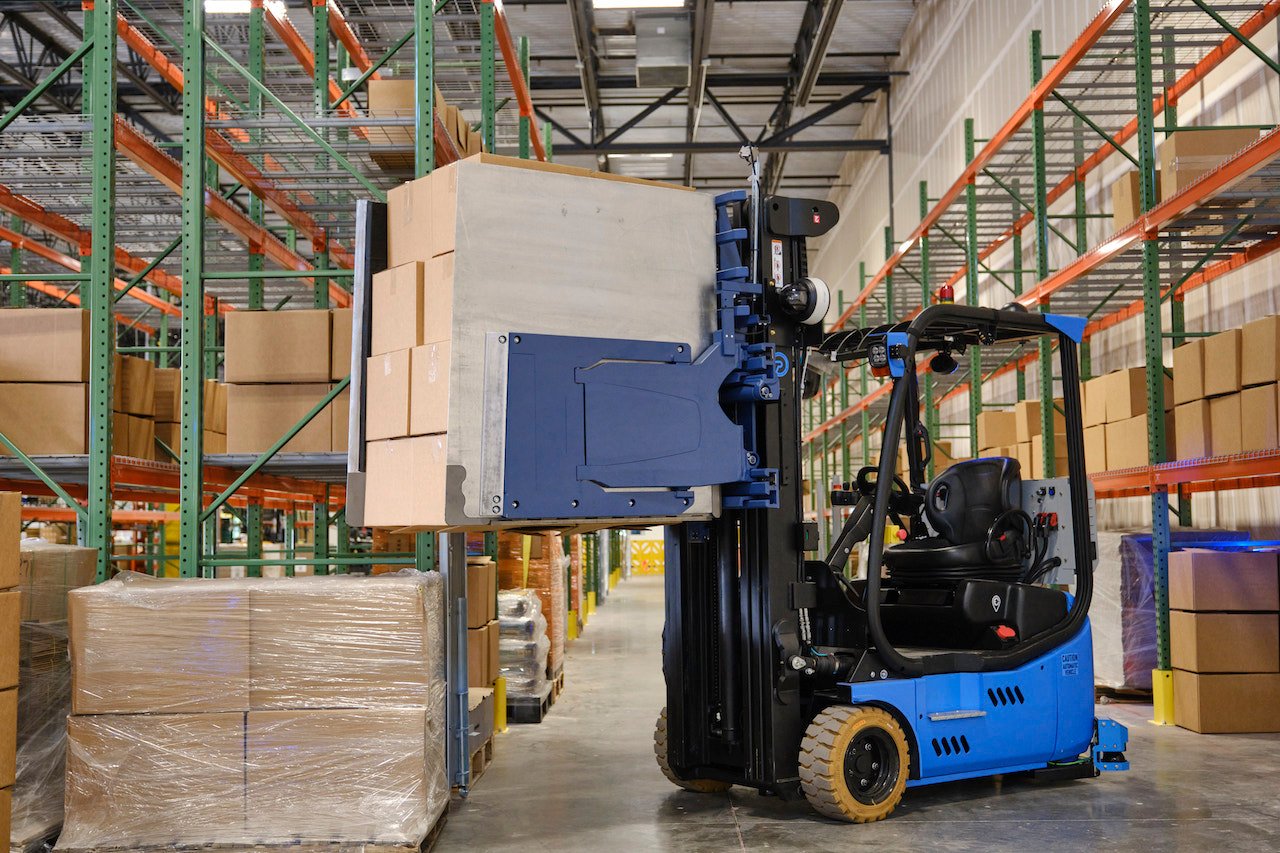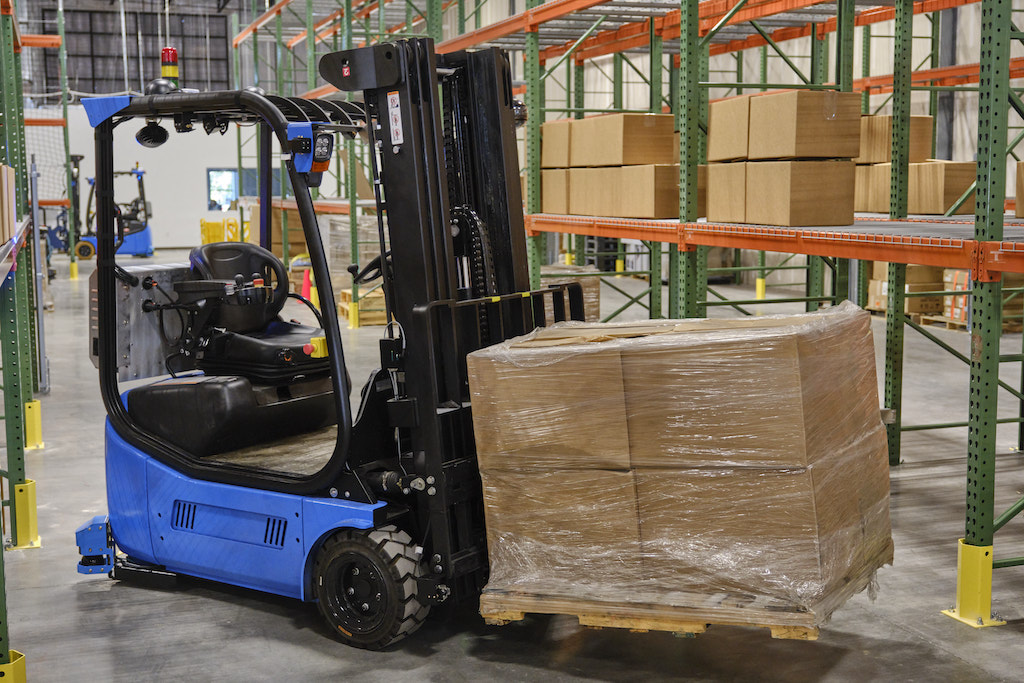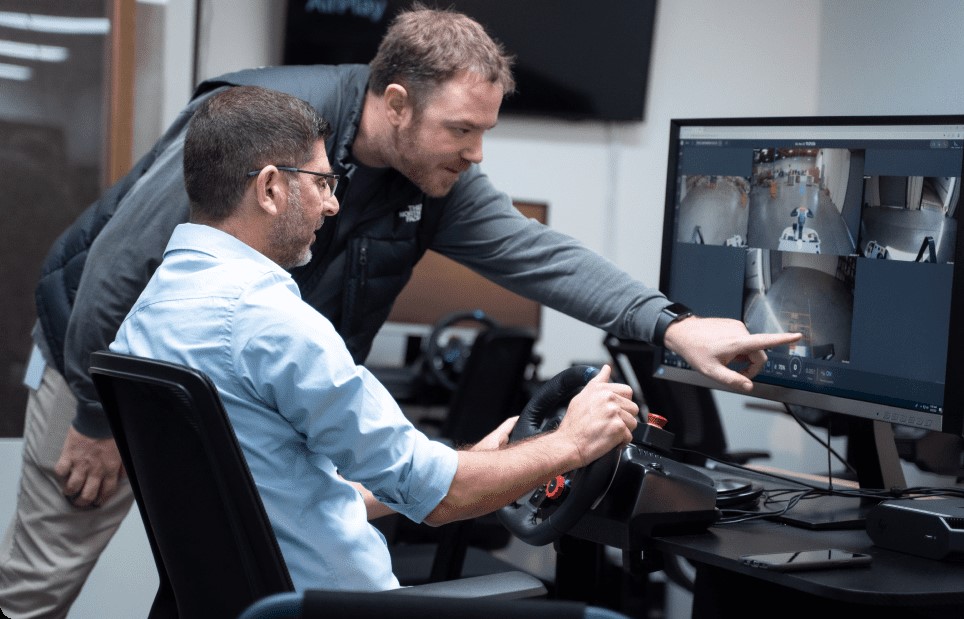Increased pressure to keep up with consumer demand has put a strain on the logistics and transportation industry. With hundreds of millions of people shopping online, ordering stock, and sending products, the role of truck drivers is more important than ever to keep the economy moving. In addition to these problems, the industry also faces difficulty recruiting, training, and retaining skilled labor to ensure operations run smoothly.
A 2019 analysis by the American Trucking Associations highlighted a shortage of more than 60,000 truck drivers in the United States alone, and if that trend continues, there will be a shortage of 160,000 truck drivers in the US by 2028.
The COVID-19 pandemic also had an impact, contributing to nearly 200,000 fewer licensed drivers than normal at the beginning of 2021. Thanks to social distancing restrictions, it was more difficult than ever to train new drivers. The lack of available talent and the difficulty of onboarding new hires both present unique challenges for logistics operators.

Driver hiring and retention
Hiring and retaining drivers has become an ever-growing challenge for logistics and transportation companies, with the average trucking turnover rate in 2020 reaching a staggering 90%. This doesn't just contribute to a decrease in your labor force, with the average cost to train a new driver at around $12,084, it impacts your bottom line, too.

Lack of consistent onboarding
Poorly planned onboarding and re-training processes increase enterprise-wide risk. According to a report by Flexis, 50% of logistics providers are struggling with a lack of digital culture. This directly impacts their ability to create efficient digital workflows and ensure accountability when it comes to training.
Programs that lack one-on-one training also decrease the number of touchpoints with drivers. A lack of communication can often lead to disgruntled employees who do not feel properly trained, resulting in their eventual turnover.

Increased risk
Relaxed training requirements increase the risk of danger for all drivers. If a driver doesn't receive enough time and instruction behind the wheel, the potential risks of accidents increase for them, the company, and other drivers sharing the road. These are risks that can easily be mitigated, however, by ensuring drivers are properly trained using programs that allow senior staff to monitor, track, and log driver activities during onboarding — this provides documentation and data for future safety reports.

The right technology can solve many of these challenges. Phantom Auto's Distanced Driver Training software addresses these key issues to make training new staff easier than ever.
Phantom's Distanced Driver Training enables instructors to remotely communicate with, record, and train a driver at the push of a button, even if they're thousands of miles apart. To learn more about this platform and how it can solve the challenges currently facing the industry, download the How is Distanced Driver Training Solving Supply Chain Labor Gaps? whitepaper today.

About Phantom Auto
Phantom Auto specializes in remote operation of all logistics vehicles. Phantom’s human-centric interoperable solutions enable people to remotely supervise, assist, and drive vehicle fleets from up to thousands of miles away – including forklifts, robots, trucks, and more. By decoupling labor from location, the company increases labor access and retention, safety, productivity, and resilience across the supply chain. With Phantom, supply chain operators can tap into drivers from anywhere — connecting people who want to work with jobs that need to be filled. The company’s proprietary software delivers secure, low-latency communication over volatile wireless networks for reliable sensor streaming and safe vehicle control. For more information about Phantom, visit www.phantomauto.com.






